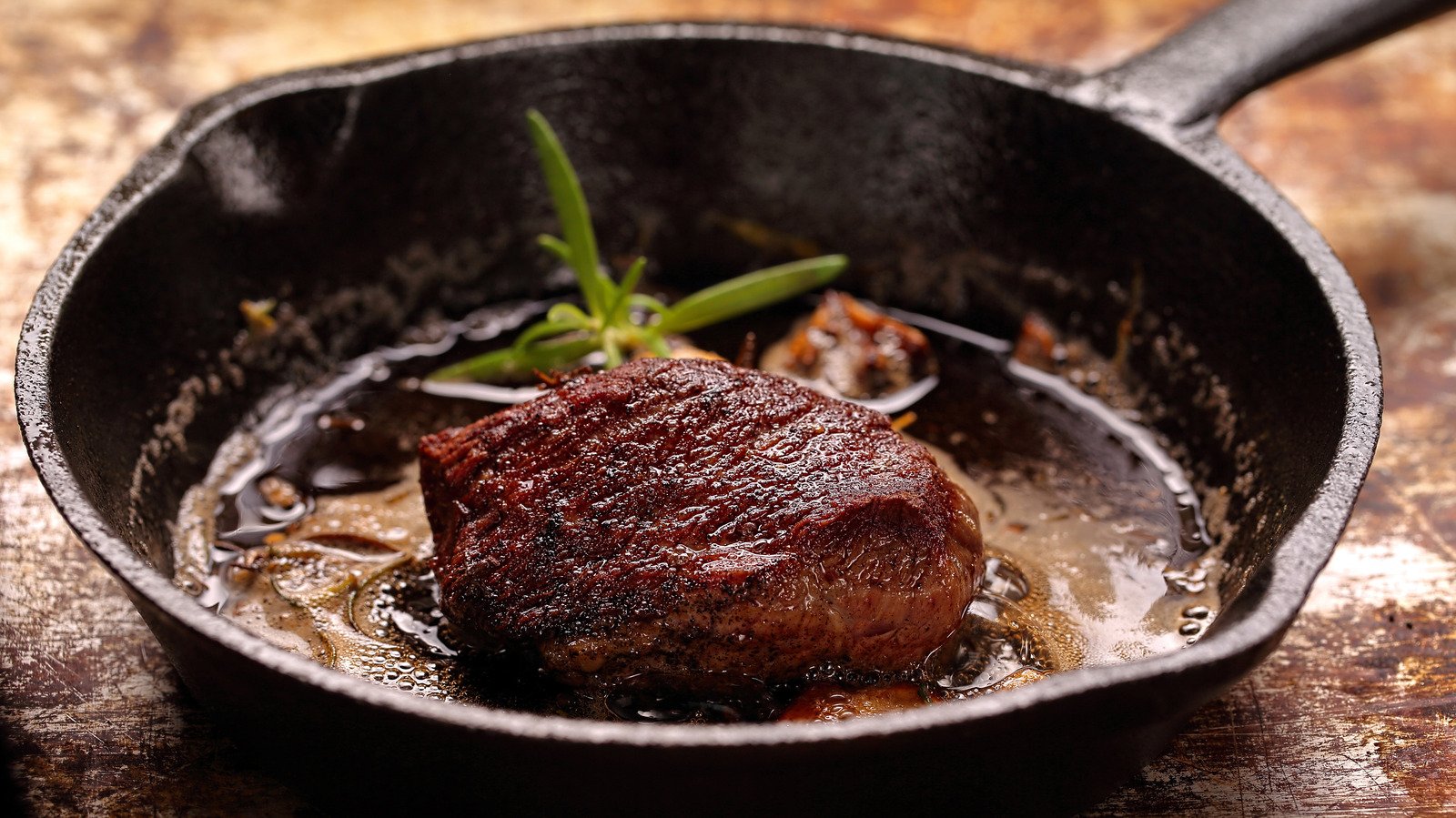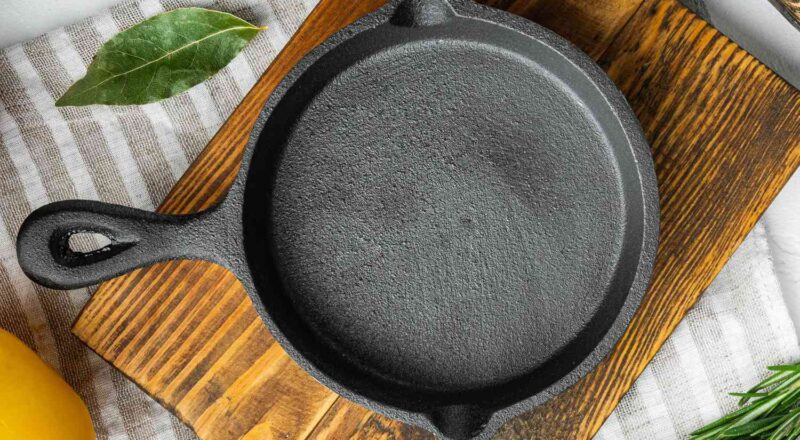Seasoning a stainless steel skillet is an essential skill that every kitchen professional should master. Not only does it make your skillet non-stick, but it also enhances the overall cooking experience. In this guide, we dive deep into how to season a stainless steel skillet and the benefits you can reap from this practice.

Why Season a Stainless Steel Skillet?
Seasoning is crucial because it creates a natural non-stick surface on the skillet. This process involves coating the skillet with a layer of oil and heating it to a specific temperature. This transforms the oil into a hard, plastic-like substance that bonds to the metal, providing slickness and improving cooking performance.

Benefits of Seasoning Your Skillet
Seasoning a skillet offers numerous benefits, such as:
- Enhanced Non-stick Properties
- Increased Longevity
- Improved Flavor
- Effortless Cleaning

Choosing the Right Oil
Different oils react differently under heat. It’s crucial to choose an oil with a high smoke point for the best results. Some recommended oils include:
- Flaxseed Oil
- Vegetable Oil
- Canola Oil
How to Season a Stainless Steel Skillet: Step-by-Step Guide
Step 1: Clean the Skillet
Start by thoroughly cleaning your skillet. Use warm, soapy water and a sponge to remove any residue. A well-cleaned skillet is essential for a successful seasoning process.
Step 2: Dry the Skillet
Next, dry the skillet completely using a clean towel. Any moisture left can interfere with the seasoning process.
Step 3: Apply the Oil
Once the skillet is dry, apply a thin, even layer of your chosen oil. Use a paper towel or cloth to spread the oil, ensuring coverage in every corner.
Step 4: Heat the Skillet
Heat your skillet on the stove or in the oven at around 375-400F (190-204C). Leave it for about 1 hour. This allows the oil to bond with the skillet surface, creating a non-stick layer.
Step 5: Let it Cool
After heating, let the skillet cool down gradually in the oven or on the stove. Avoid rapid cooling, as it can damage the seasoning layer.
Step 6: Repeat if Necessary
If the seasoning isn’t sufficient, repeat the process. Multiple coatings can enhance the skillet’s non-stick properties further.
Maintaining Your Seasoned Skillet
Maintenance is critical for retaining the benefits of your seasoned skillet. Here’s how you can maintain it:
Cleaning
Clean the skillet with warm water and a sponge. Avoid using soap or abrasive scrubbers, as they can strip off the seasoning layer.
For deeper cleaning methods, you can check Southern Living.
Storage
Store your skillet in a dry place to prevent rust. Wipe the surface with a small amount of oil between uses to maintain the seasoning.
Common Mistakes to Avoid
Avoid these mistakes to ensure effective seasoning:
- Using low smoke point oils
- Not heating the skillet enough
- Rapid cooling
- Frequent washing with soap
FAQ
Do I need to season a brand new stainless steel skillet?
Yes, seasoning a new skillet is crucial to create a non-stick surface.
How often should I season my skillet?
Season your skillet whenever you notice food starting to stick or the skillet looks dull.
Can I season a skillet in the oven?
Yes, you can season a skillet in the oven. It’s an effective way to ensure even heating.
As an Amazon Associate, I earn from qualifying purchases.

